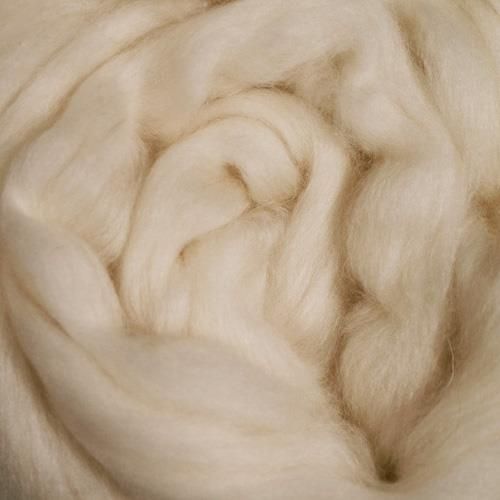What Is Cashmere and How Does It Stack Up to Other Fabrics?
What Is Cashmere and How Does It Stack Up to Other Fabrics?
Blog Article
Exploring the Various Kinds of Cashmere an All-natural Fiber for Ultimate Luxury
Cashmere, a natural fiber, is typically associated with luxury and convenience. Not all cashmere is developed equal. From the highly soft Mongolian range to the lightweight warmth of Indian Pashmina, each type offers its own unique functions and appeal. The extra affordable Chinese cashmere, the conventional Scottish variant, and the premium Italian blend, all tell a various story of this exceptional fiber. As we unwind the globe of cashmere, a much deeper understanding of its real value and elegance starts to emerge.
Understanding the Elegant Nature of Cashmere
Cashmere, usually connected with luxury and comfort, holds an one-of-a-kind appeal in the globe of natural fibers. Unlike various other all-natural fibers, cashmere combines insulation with breathability, offering unrivaled convenience across varying temperatures. Its shiny surface and soft texture contribute to its premium appeal, justifying the costs rate that frequently comes with cashmere garments.
Just What Is Cashmere and Where Does It Originate from?

Cashmere is obtained from the soft undercoat of cashmere goats, mostly located in Mongolia, China, Iran, and Afghanistan. This meticulous process adds to the shortage and high price of cashmere. With its origin in the rough landscapes of Asia, cashmere is a testament to nature's capability to create luxury from adversity.
Translating the Various Kinds Of Cashmere
Recognizing the various sorts of cashmere is vital to valuing the quality and distinct features of this extravagant textile. Typically, cashmere is categorized right into three kinds: raw, virgin, and recycled. Raw cashmere is directly obtained from the goat and is unprocessed. This kind frequently consists of pollutants such as dirt and crude hair. Virgin cashmere, on the other hand, is the pure, unrecycled product that is spun right into thread for the very first time. It is the softest and most extravagant. Recycled cashmere is made from virgin product that has actually been previously made use of. It is re-spun and utilized in producing lower-cost cashmere products. Translating these kinds is the primary step in comprehending the exclusivity discover this info here and worth of cashmere.

The Special Attributes of Each Kind of Cashmere
Having checked out the different classifications of cashmere, it ends up being apparent that each type boasts its one-of-a-kind set of attributes. Mongolian cashmere, for instance, is renowned for its remarkable high quality, due to Mongolia's harsh winter seasons that create important source longer and finer fibers. Conversely, Chinese cashmere is often extra economical, though its much shorter fibers can minimize durability.
Why Cashmere Is the Embodiment of Luxury in vogue
Cashmere holds a renowned setting worldwide of style, considered as an icon of luxury and elegance. Its allure is not simply in its softness and warmth, however also in its rarity and the thorough process entailed in its purchase. Cashmere is originated from the great undercoat of Himalayan goats, recognized for their premium top quality fiber. The scarcity of this fiber, combined with the labor-intensive process of collection, contributes to its high rate and unique standing. In addition, cashmere's unequaled comfort and durability make it a desired material in the creation of high-end garments. Its natural light-weight and shielding buildings contribute to its worth, making it the epitome of deluxe in vogue.
The Process of Making Cashmere: From Goat to Garment
The journey of cashmere, from being an undercoat of a Himalayan goat to a glamorous garment, is a complex one. With the development of springtime, farmers in Mongolia and China gather the woollen by brushing the goats, making sure no damage find more is done. The obtained woollen contains rugged outer hair and soft downy undercoat. This mix is after that fastidiously separated, with just the soft down made use of for cashmere. This raw cashmere is cleaned, dyed and spun right into yarn. The yarn is then woven or weaved right into fabrics. The last step entails pressing and washing to provide the fabric its particular softness and warmth. From goat to garment, each step is a testament to the ability, persistence and creativity involved in crafting cashmere.

Verdict
In conclusion, cashmere, with its natural beauty and unparalleled convenience, preponderates worldwide of luxury style. The variety in types, varying from the soft Mongolian, lightweight Indian Pashmina, affordable Chinese, conventional Scottish, to the vibrant Italian, reveals the flexibility of this natural fiber. The meticulous procedure of transforming it from a goat to a garment additionally contributes to its exclusivity, making cashmere the embodiment of class and luxury.
Cashmere, an all-natural fiber, is commonly linked with deluxe and comfort (is cashmere a natural fiber).Cashmere, typically linked with deluxe and comfort, holds a distinct appeal in the world of all-natural fibers. Unlike various other all-natural fibers, cashmere combines insulation with breathability, using unequaled convenience across varying temperature levels. Cashmere is obtained from the soft undercoat of cashmere goats, mostly located in Mongolia, China, Iran, and Afghanistan. Cashmere is derived from the fine undercoat of Himalayan goats, recognized for their superior high quality fiber
Report this page